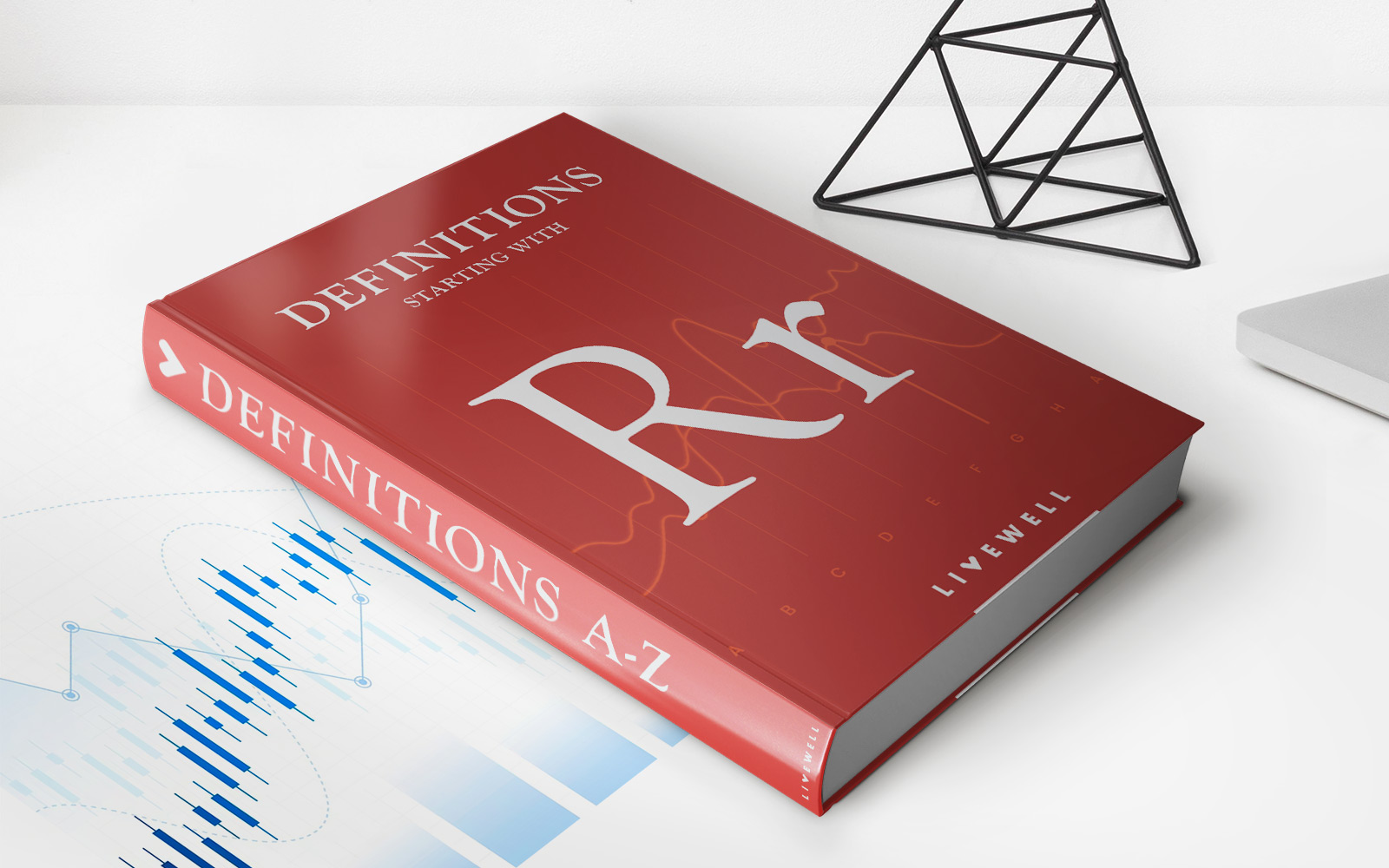Home>Finance>Maximum Drawdown (MDD) Defined, With Formula For Calculation


Finance
Maximum Drawdown (MDD) Defined, With Formula For Calculation
Published: December 24, 2023
Learn about Maximum Drawdown (MDD) in finance and discover the formula for calculating it. Understand how MDD can impact your investment returns.
(Many of the links in this article redirect to a specific reviewed product. Your purchase of these products through affiliate links helps to generate commission for LiveWell, at no extra cost. Learn more)
Understanding Maximum Drawdown (MDD) in Finance
When it comes to managing your finances, understanding various terms and metrics can be crucial in making informed decisions. One such metric that plays a significant role in assessing the risk associated with an investment is the Maximum Drawdown (MDD). In this article, we will dive into what MDD is and how to calculate it, providing you with essential knowledge to help you navigate the world of finance.
Key Takeaways:
- Maximum Drawdown (MDD) is a metric used to measure the largest loss an investment has experienced from its peak value to its lowest point during a specific time period.
- The formula to calculate Maximum Drawdown is: MDD = (Peak Value – Trough Value) / Peak Value.
What is Maximum Drawdown (MDD)?
Maximum Drawdown (MDD) is an important metric in finance that measures the largest loss that an investment has experienced during a specific time period. It helps investors assess the risk associated with an investment by providing insights into the extent of potential losses.
Think of it this way: when you invest, you expect your portfolio to grow over time, but there will inevitably be periods of decline. MDD helps you quantify the magnitude of those declines by measuring the percentage difference between the peak value and the lowest point the investment reaches.
Calculating Maximum Drawdown (MDD)
The formula to calculate Maximum Drawdown is pretty straightforward:
MDD = (Peak Value – Trough Value) / Peak Value
Let’s break it down:
- Peak Value: This represents the highest point that the investment has reached during the specified time period.
- Trough Value: This denotes the lowest point that the investment has experienced during the same time period.
- Peak Value – Trough Value: This calculates the difference between the highest and lowest points of the investment.
- / Peak Value: Finally, we divide the difference by the peak value to express the result as a percentage.
By using this formula, you can determine the maximum drawdown for any investment and understand the potential losses you may face with that particular investment.
Final Thoughts
Maximum Drawdown (MDD) is a crucial metric that helps investors assess the potential risk associated with an investment. By understanding MDD and knowing how to calculate it, you can better evaluate the performance of your investments and make informed decisions to meet your financial goals.
Remember, investing always carries some level of risk, and knowing how to manage and analyze that risk is key to success. So, the next time you evaluate an investment opportunity, keep MDD in mind and use it as a guide to make sound financial decisions.














